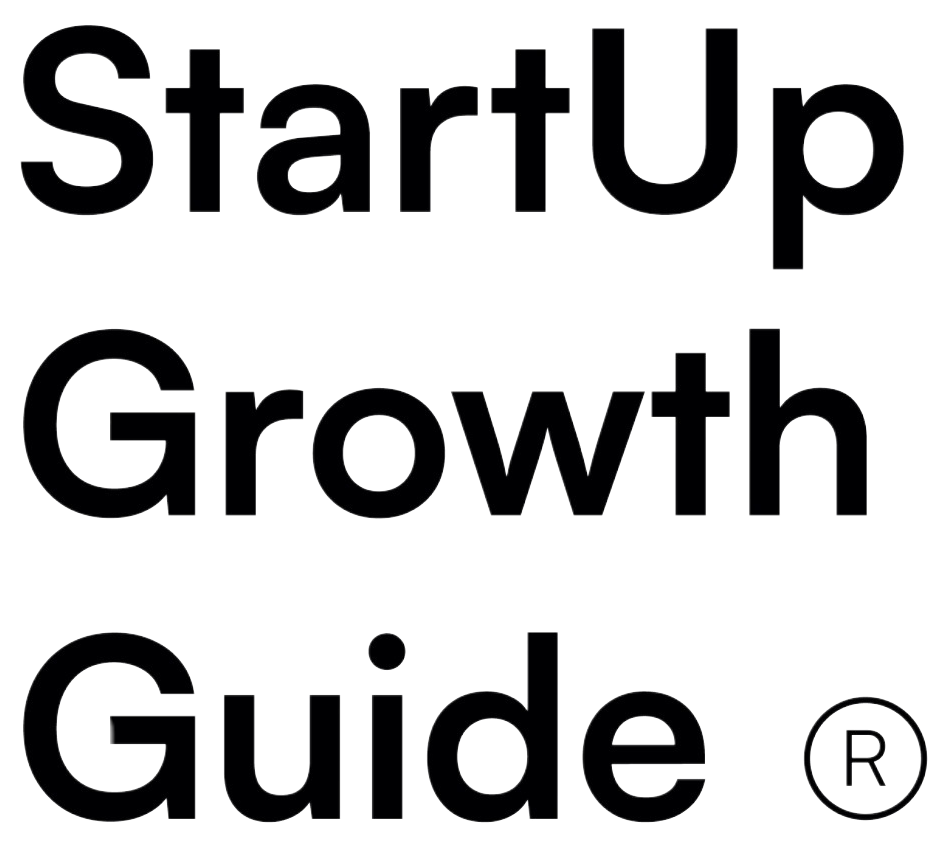With the rapid rise of AI-generated content including images, image detector tools that can accurately detect whether an image was created by human or artificial intelligence have become invaluable.
Such tools use advanced machine learning models trained on large datasets of labeled images to analyze the unique patterns, textures, and features present in photos.
By assigning confidence scores, they provide an assessment of the likelihood that a given image originated from a public AI image generation model.
As AI imaging capabilities continue to advance, having reliable detector tools is essential for maintaining trust and transparency across various applications, from journalism to e-commerce.
In this article, we cover some of the top image detector tools available for public use.
1. Illuminarty
If you can get past the name, Illuminarty is one of the best AI image detector tools out there. It is free to use and you don’t need to register an account, although that means you can’t check bulk images.
Besides being able to tell that an image has been AI-generated, it can even tell you the particular AI model used to generate the image. And if certain parts had been generated with AI and edited into a real image, Illuminarty can also tell which parts.

In terms of pricing, the free plan has basic AI image detection, while subscriptions begin at $10 monthly for the basic plan, going up to $30 monthly for the pro plan. The basic plan can identify the model with which an image was generated and allows API usage up to 10,000 requests daily. The pro plan extends API usage to 40,000 daily.
More features are available to enterprise customers with custom pricing. These include unlimited API usage and automatic integration of image detection into their services.
2. AI OR NOT

Like Illuminarty, AI or Not also can tell you from which specific model an image was generated. In addition, the latter has a video AI checker in the works, a tool that would immediately come in handy for many, especially as OpenAI recently announced its AI video generation platform, Sora.
As a free user, you can only check 10 images monthly after registering an account. To get up to 100 monthly checks, you have to subscribe to the base plan, which costs $9 monthly. In addition to that, you also get API access and more detailed reports.
The Pro plan, which costs $500, allows up to 10,000 checks and potentially an unlimited number of checks, although each additional check beyond the threshold will cost $0.04. Enterprise users also get access to custom features through custom pricing.
AI or Not demonstrates a commitment to privacy and discloses that uploaded images and inputted URLs are sent to their servers only for analysis purposes and are not stored beyond that. This provides a greater level of assurance for users.
3. Is It AI?
Of all the detectors reviewed in this article, IsitAI is probably the easiest and most straightforward to use. All you need to do is upload the image you want to analyze and click “Check”.
Within seconds, IsitAI presents likelihood scores to help you make an informed judgment on whether the image was generated by an AI algorithm or not. It is completely free to use and you don’t even have to sign up to access it.
By design, though, IsitAI will only be suitable for casual users because it lacks certain features that enterprise users would love to have. For one, you must provide images individually for AI detection; you can’t perform bulk analyses of multiple images.
However, there’s no limit to how many images you can have checked. In addition, there is no API support yet, although the makers claim to be working on it.
4. Hugging Face Tools
Hugging Face is not an AI detector tool itself. Rather, it is a huge community of developers working on AI and machine learning projects.
Independent developers and teams get to work with models, datasets, libraries, and applications and also get to build their machine-learning projects.
So, on Hugging Face, there are several innovative but also mostly experimental projects using different methods to detect AI images.
For example, there is the Maybe AI Art detector, a proof-of-concept demo that was created in October 2022. So, it’s pretty out of date but it still surprisingly works fairly well on images generated using newer samples.

However, an update was released in January 2024 whose range includes non-artistic imagery and also can detect images produced with the latest image generation models.
By checking our test image with the new image detector tool, it determined that it was AI-generated, with 100% certainty, which is true.

In addition to this, there is the Omnibus image detector which comprises three different image detector tools, all hosted on Hugging Face. It aggregates the results of the three image detectors to produce its score that determines if an image is AI-generated or not.
These AI detectors are free to use and don’t require you to have a Hugging Face account or go through any form of registration process.
Cons:
- Experimental projects
- Data protection is not guaranteed
5. FotoForensics
Unlike other tools on this list, FotoForensics is a far more ‘serious’ tool used for what its name describes: digital forensic analysis of images.
It is not exactly an AI detector. However, it provides information that can be used by a professional to determine if an image is AI-generated or not.
Most of the features and information that FotoForensics provides would be meaningless to a casual user unless you know what to search for. However, it’s not so difficult to determine if an image is AI-generated once you know what to search for.
Like the others, this is also a free tool that simplifies the image evaluation process, though advanced. Once you upload your image, it generates a report within seconds, containing error level analysis, hidden pixels, JPEG percentage, and so on.
However, to determine if an image is AI-generated, what you need is the metadata information.
The precise information you are looking for is in the “JUMBF” (JPEG Universal Metadata Box Format) section. There, you can see whether the image is AI-generated, which software tool was used to generate the image, as well as the precise time the image was generated.
Here are the results it produced for our test image:

Indeed, the metadata information correctly indicated that the image was generated using Microsoft Designer, an image creator that uses DALL-E.
Pro:
- Useful for broader image evaluation purposes
Con:
- It might take some getting-used-to because it is not as intuitive to use as other tools.
Final Thoughts
AI content creation continues to become the norm. As a result, there’ll always be the need to differentiate human-created content from AI content. These tools do just that in terms of image-related content.
About The Author
Eli Cohen
Eli Cohen is an Israeli marketing strategist renowned for his innovative approaches in the field. With a keen eye for consumer behaviour and market trends, he has spearheaded numerous successful campaigns for leading brands.
Share this:
- Click to share on Twitter (Opens in new window)
- Click to share on Facebook (Opens in new window)
- Click to share on LinkedIn (Opens in new window)
- Click to share on Pinterest (Opens in new window)
- More
- Click to share on Telegram (Opens in new window)
- Click to share on Reddit (Opens in new window)
- Click to share on Pocket (Opens in new window)
- Click to print (Opens in new window)
- Click to share on Tumblr (Opens in new window)
- Click to share on WhatsApp (Opens in new window)
- Click to share on Mastodon (Opens in new window)








